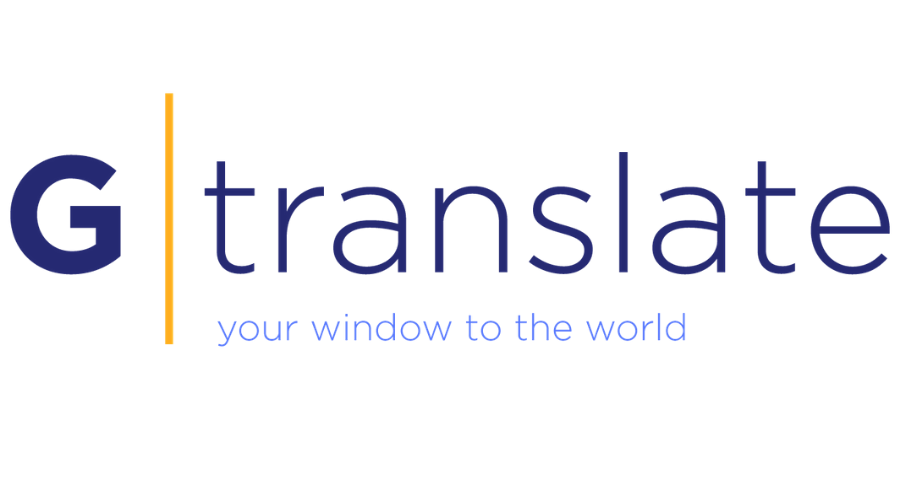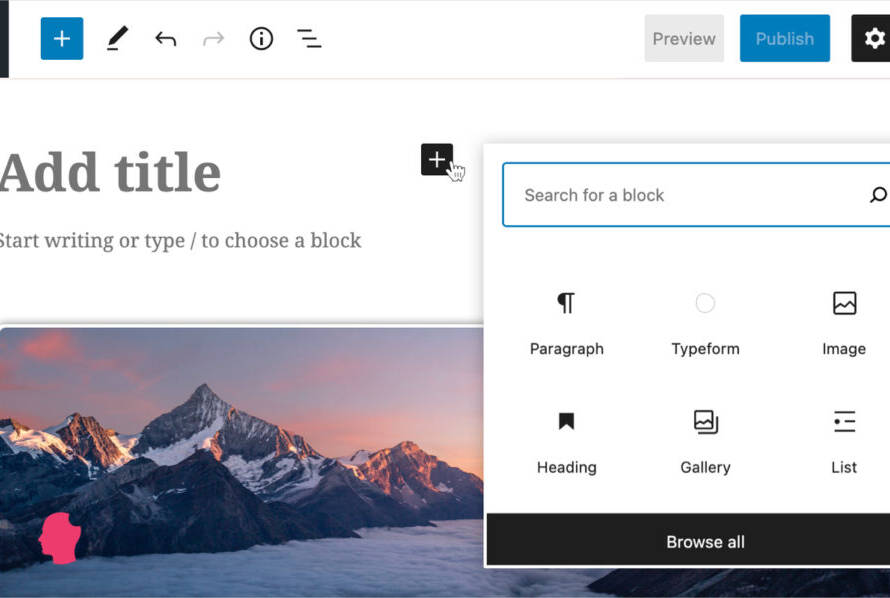Table of Contents

Introduction
WordPress GTranslate, are you looking to expand your website’s reach and engage with a global audience? If so, you may want to consider translating your website into multiple languages. By making your website multilingual, you can reach a wider audience and make your content accessible to people from different parts of the world. In this blog, we will explore how you can easily translate your WordPress website using the GTranslate plugin.
What is WordPress GTranslate?
WordPress GTranslate is a plugin that allows you to easily translate your WordPress website into multiple languages. It uses Google Translate API to automatically translate your website content, making it accessible to people who speak different languages. The plugin is easy to install and use, and it provides a seamless way to translate your website without any coding or technical knowledge.
Why Should You Translate Your WordPress Website?
There are many reasons why you may want to translate your WordPress website. Here are some of the benefits of having a multilingual website:
- Reach a Global Audience: By translating your website into multiple languages, you can reach a wider audience and connect with people from different parts of the world. This can help you expand your business and increase your online presence.
- Improve User Experience: When your website is available in multiple languages, users can easily access your content in their preferred language. This can improve the user experience and make it easier for visitors to engage with your website.
- Increase Conversions: When your website is available in multiple languages, it can help you increase conversions and generate more sales. This is because visitors are more likely to engage with your website when it is available in their preferred language.
How to Translate Your WordPress Website with GTranslate
Now that we’ve explored the benefits of having a multilingual website, let’s dive into how you can easily translate your WordPress website with GTranslate. Here are the steps you need to follow:
Step 1: Install and Activate the GTranslate Plugin The first step is to install and activate the GTranslate plugin on your WordPress website. You can do this by navigating to the Plugins section in your WordPress dashboard and clicking on “Add New”. Then, search for “GTranslate” and click on “Install Now”. Once the plugin is installed, click on “Activate” to activate it.
Step 2: Configure the Plugin Settings After activating the plugin, you need to configure the plugin settings. To do this, click on “Settings” under the GTranslate plugin in your WordPress dashboard. Here, you can choose the default language for your website and select the languages you want to translate your website into.
Step 3: Add the Language Switcher Widget Next, you need to add the language switcher widget to your website. This widget allows users to switch between different languages on your website. To add the widget, navigate to the Appearance section in your WordPress dashboard and click on “Widgets”. Then, drag and drop the “GTranslate Language Switcher” widget to the location where you want it to appear on your website.
Step 4: Review and Edit Translations After setting up the plugin, you need to review and edit the translations to ensure they are accurate. You can do this by visiting your website and switching between different languages using the language switcher widget. If you find any translation errors, you can edit them using the GTranslate plugin in your WordPress dashboard.
Best Practices for Website Localization and Globalization
While translating your website with GTranslate is a using an automatic website translation tool like GTranslate can be a quick and convenient way to provide content in different languages, but it may not always provide the level of quality and cultural sensitivity that your target audience requires. To truly localize and globalize your website, here are some best practices to consider:
- Conduct market research: Before embarking on website localization, it’s important to understand your target audience, their cultural nuances, preferences, and online behavior. This can help you create content and design that resonates with your audience and helps establish trust.
- Develop a localization strategy: Determine which languages and regions you want to target and prioritize your efforts. Plan your content and marketing campaigns to align with local holidays, events, and cultural norms.
- Create localized content: Simply translating content may not be enough. Your content should be adapted to local audiences, and account for local dialects, expressions, and cultural nuances. You may need to rewrite content, images, videos, and even product descriptions to better resonate with local audiences.
- Choose a reliable translation provider: If you do not have in-house language expertise, consider outsourcing your translation needs to a professional translation provider. Ensure that the provider has experience in your target languages, industry and can provide accurate and culturally appropriate translations.
- Use local SEO strategies: To ensure your website ranks well in search engine results, localize your keywords, meta descriptions, and URL structures to appeal to local search engines.
- Optimize website performance: Ensure that your website loads quickly and is optimized for different devices and internet speeds. This can help ensure a good user experience and prevent visitors from leaving your site.
- Provide localized customer support: Your website should have a localized support strategy. This can include local phone numbers, chat support, or email support in the language of the target audience.
- Test and iterate: Continuously test and optimize your website to improve its performance, user experience, and engagement rates. Monitor your website analytics and conversion rates to identify areas for improvement and optimize accordingly.
WordPress GTranslate version’s

GTranslate Free GTranslate Free is the basic version of the plugin and is available for free on the WordPress plugin repository. With GTranslate Free, you can translate your website content into over 100 languages using machine translation.
Pros:
- It’s free
- Easy to install and use
- Supports over 100 languages
Cons:
- Quality of translations may not be accurate
- Limited customization options
- May not be the best option for SEO due to the potential for duplicate content
GTranslate Pro GTranslate Pro is the paid version of the plugin that offers more advanced features and customization options. With GTranslate Pro, you can use professional translation services to ensure the highest quality translations.
Pros:
- Offers professional translation services
- Customizable translation options
- No duplicate content issues
Cons:
- More expensive than the free version
- Still may not be the best option for SEO without additional optimization efforts
GTranslate Enterprise WordPress GTranslate Enterprise is the highest tier version of the plugin and is designed for large businesses and enterprises that require a comprehensive translation solution. With GTranslate Enterprise, you get all the features of GTranslate Pro, plus additional customization options, dedicated support, and more.
Pros:
- Comprehensive translation solution
- Customizable translation options
- Dedicated support
Cons:
- Expensive, with pricing starting at $400 per month
- May not be necessary for smaller businesses or individuals
Pros & Cons
If you’re looking to expand your website’s reach to a global audience, language translation is essential. WordPress GTranslate is a popular plugin that allows you to quickly translate your website content into multiple languages. But is WordPress GTranslate the right choice for your website? In this blog, we’ll discuss the pros and cons of GTranslate, and provide a conclusion on its effectiveness for SEO.
Pros of GTranslate
- Quick and easy implementation: Installing and setting up WordPress GTranslate on your WordPress website is straightforward, even for those with limited technical expertise.
- Affordable pricing: GTranslate offers a range of pricing plans that are affordable for small businesses and individuals.
- Wide range of supported languages: WordPress GTranslate supports over 100 languages, making it a versatile tool for reaching global audiences.
- Automatic translation: WordPress GTranslate uses machine translation, which means your content can be translated automatically without the need for human translation.
Cons of GTranslate
- Quality of translations: While automatic translations can be convenient, they may not always be accurate, and they may not capture the nuances of local dialects and cultural differences.
- SEO limitations: GTranslate may not be the most effective tool for SEO. When you translate your website content, you may create duplicate content, which can negatively impact your website’s SEO performance.
- Potential legal issues: Depending on the nature of your website, you may be required to provide accurate and legally compliant translations. GTranslate’s automatic translations may not meet legal requirements, which can put you at risk of legal issues.
WordPress GTranslate conclusion

While WordPress GTranslate can be a useful tool for translating your website content, it may not be the most effective tool for SEO. The automatic translations provided by GTranslate may not be accurate, and can create duplicate content, which can harm your website’s SEO performance. Additionally, if you require legally compliant translations, you may need to use a professional translation service instead.
If you do decide to use WordPress GTranslate, there are some steps you can take to mitigate the SEO impact of duplicate content. First, ensure that your website’s translated content is canonicalized to the original language version of the content. This tells search engines which version of the content should be considered the primary version. Additionally, you can use hreflang tags to indicate to search engines which version of the content is intended for which language audience.
Ultimately, the decision to use WordPress GTranslate or another translation method depends on your specific needs and goals. If you prioritize ease of use and cost-effectiveness over SEO optimization, GTranslate may be a good option. However, if SEO is a priority, you may want to consider a professional translation service that can provide accurate translations and mitigate the risk of duplicate content.

